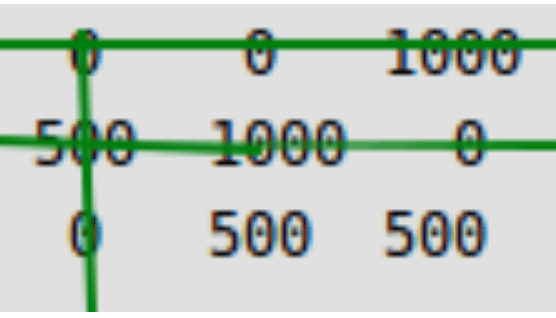Python Tutorial
Python OOPs
Python MySQL
Python MongoDB
Python SQLite
Python Questions
Plotly
Python Tkinter (GUI)
Python Web Blocker
Python MCQ
Related Tutorials
Python Programs
Hungarian Algorithm PythonIntroductionYou could experience streamlining difficulties much of the time as an information researcher or programming designer who calls for distributing assets to errands in the best manner. One such issue is the task issue, in which we should decide how best to dispense assets to exercises as per their costs or values. One popular methodology for really tackling this issue is the Hungarian calculation. We will look at the Hungarian calculation and set it up as a regular occurrence in Python in this paper. What is the Assignment Problem?You might characterize the task issue as follows: We should pick the task that limits the general expense or expands the general worth of the tasks given a bunch of assets and a bunch of errands, where every asset may just be utilized for one undertaking and each assignment just requires one asset. This issue shows up in various regions, including matching issues, work booking, and creation arranging. The direct task issue represents the need to augment how many assets that might be utilized while limiting how much cash is spent. As an outline, consider the 2D grid displayed beneath, where each line compares to a particular supplier and every segment to the expense of employing that provider to make a specific decent. Every provider is restricted to having some expertise in the formation of only one of these products. For every segment and line in the lattice, just a single component can be picked, and the completion of the chosen things should be limited (limited cost use). The Hungarian Calculation: An OutlineA powerful strategy that settles the task issue in polynomial time is the Hungarian calculation, some of the time alluded to as the Kuhn-Munkres calculation. To recognize the ideal task, it utilizes a combinatorial enhancement system. The methodology utilizes the "duality" technique to work on the issue and depends on enlarging pathways in a bipartite organization. The stages utilized by the Hungarian calculation to decide the ideal task are as per the following:
Python execution of the Hungarian CalculationThe scipy bundle has a capability called linear_sum_assignment that applies the Hungarian technique to determine the task issue, permitting us to execute the Hungarian calculation in Python. This is a delineation of the way to apply it: In this illustration, we develop a cost matrix to illustrate the expenses associated with allocating three resources to three tasks. The best assignment is then discovered using the linear_sum_assignment function. The row and column indices of the ideal assignment are contained in the two arrays row_indices and col_indices that the function returns. The assignment is then extracted, and the results are printed. Given a 2D array, arr of size N*N, where arr[i][j] represents the expense for the ith worker to finish the jth job. Any employee may be tasked with carrying out any task. The goal is to divide up the tasks such that each worker may focus on only one task at a time while minimising the assignment's overall cost. Example: In this article, many solutions to this issue are described. Approach: The Hungarian Algorithm will be used to tackle this issue. This is how the algorithm works:
To comprehend the strategy, consider the following example: 
The goal is to utilize the max_cost_assignment() function from the dlib package to construct the aforementioned procedure. The Hungarian algorithm, sometimes referred to as the Kuhn-Munkres algorithm, is implemented in this function and takes O(N^3) time to complete. The problem of the ideal assignment is resolved. The application of the aforementioned strategy is seen below: Output: 5 Time Complexity: O(N^3) Auxiliary Space: O(N^2) Conclusion:The Hungarian strategy is a successful method for expediently settling the task issue. The calculation decides the best task by using expanding pathways in a bipartite organization to limit costs or boost values. Here, the Hungarian technique was analyzed, and the scipy bundle was utilized to carry out it in Python. As an information researcher or programmer, you may now utilize this skill to involve the Hungarian calculation to handle schoolwork issues in your own undertakings. The Hungarian strategy is just one of the various advancement calculations open; prior to choosing the best calculation for a given circumstance, understanding the constraints and issue context is fundamental. |
 For Videos Join Our Youtube Channel: Join Now
For Videos Join Our Youtube Channel: Join Now
Feedback
- Send your Feedback to [email protected]
Help Others, Please Share










